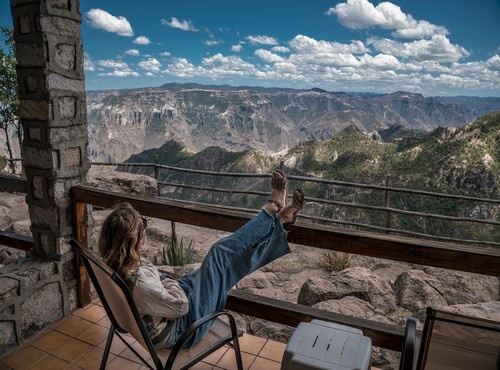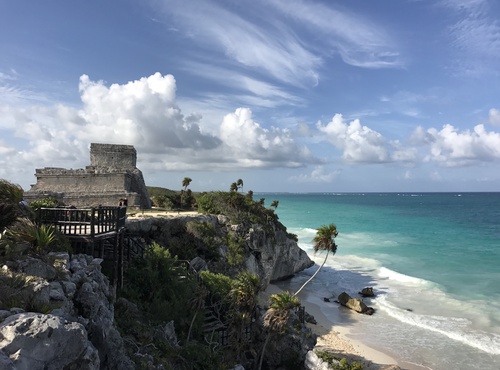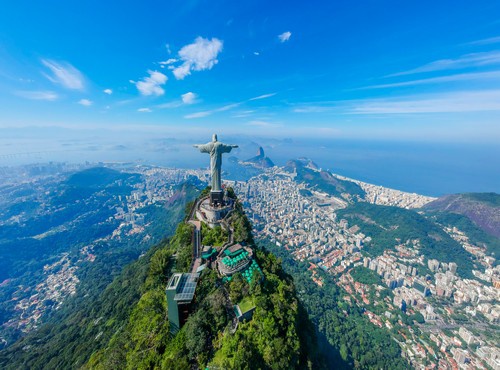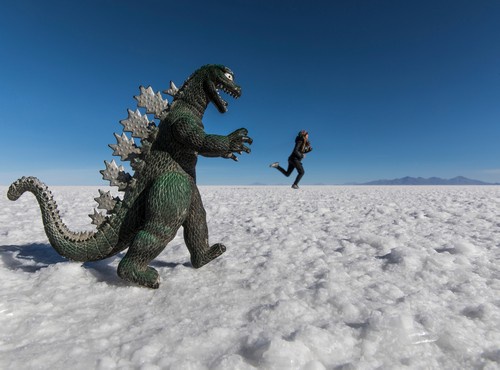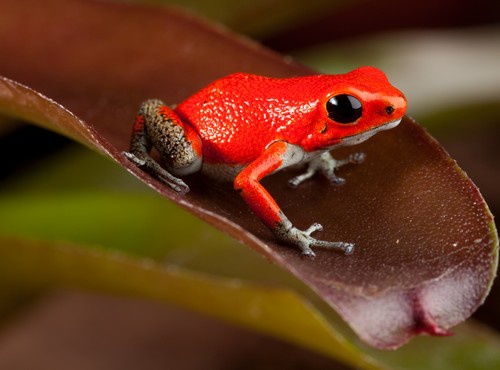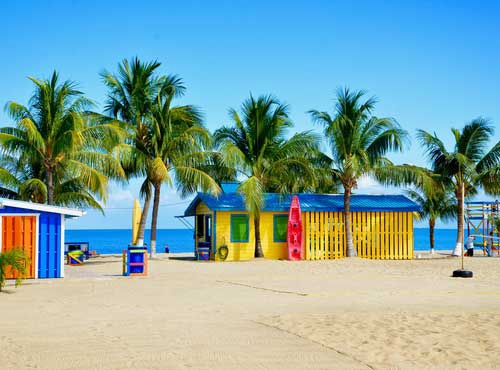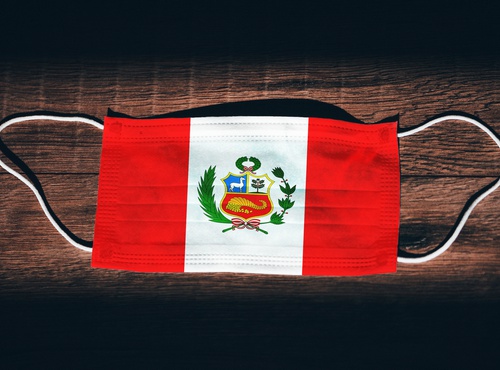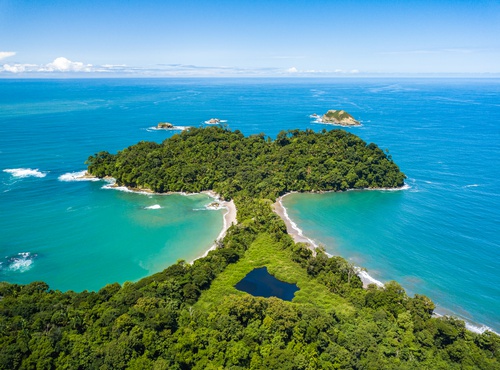
Written by:undefined undefined
Published: 04-04-2023
Everyone has heard of the famous chain of islands about 600 miles due west of Ecuador's coast – the Galapagos Islands. Beautiful islands exist all over the world, so what exactly makes the Galapagos Islands so special and why are they so unique? Let's dive into the fascinating details that truly make this area a one-of-a-kind gem that all travelers should visit. Many theories exist regarding the unique nature of the flora and fauna on the Galapagos islands. A popularly held belief is that the original species that evolved into the unique Galapagos species found their way to the islands on flotation rafts of vegetation and other waste and were carried to the island on the sea currents. Darwin would say that they evolved to adapt to the extremely remote conditions on the islands. Whatever your theory, The Galapagos Islands are a remarkable place to visit and unique on the planet. Read on for more fascinating information about our 8-day Luxury Galapagos escape to these awe-inspiring Islands.
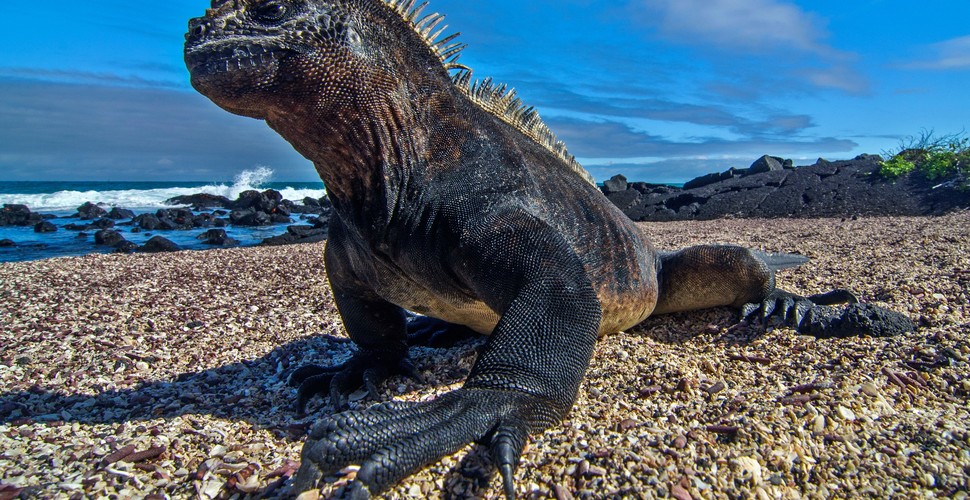
Sea Iguana
San Cristobal Island
San Cristobal Island is one of the oldest of the Galapagos Islands at about 3 million years old. It is actually also the Galapagos Islands' capital. Around 600 miles off the coast of Ecuador, it is the easternmost of all the islands. Being the nearest to South America, it makes sense that it is also the first island that naturalist/biologist Charles Darwin stepped foot on. The island is volcanic in composition, made up of extinct volcanos that have fused together. Travelers from near and far visit ancient San Cristobal for the flora and fauna of its famous beaches and lagoons. It’s also one of the best spot in the Galapagos for scuba diving.
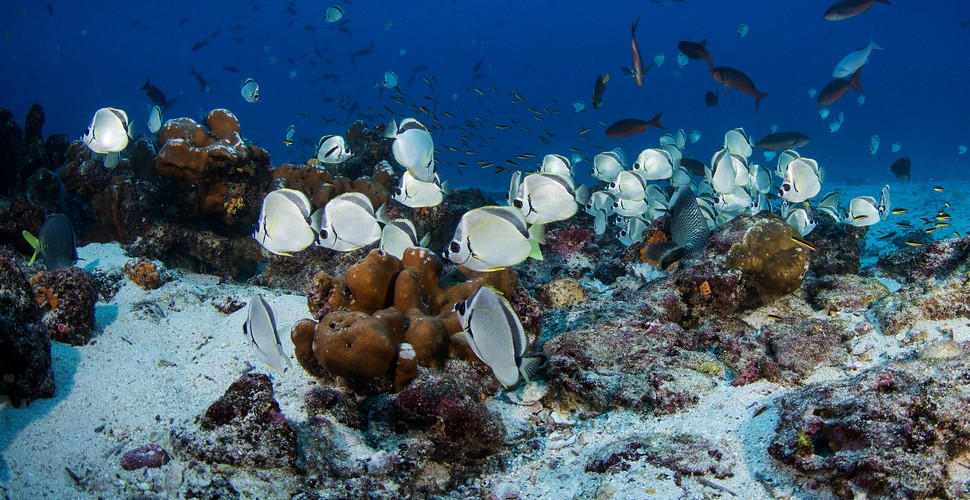
Diving off San Cristobal
La Loberia
On the western coast of Floreana, La Loberia is a delightful beach that locals and visitors alike come to for its lovely ambiance. Along the shore are over half a mile of paths through the Galapagos National Park, some over the rocks and some on the sandy beaches. The main attraction at La Loberia is the bustling colony of Galápagos Sea Lions who live here. As well as these noisy and fun creatures you will often see Galápagos Marine Iguanas on the rocky water line, and from above, you will probably spot Galapagos Green Turtles swimming in the rocky bays that are all along this coast.
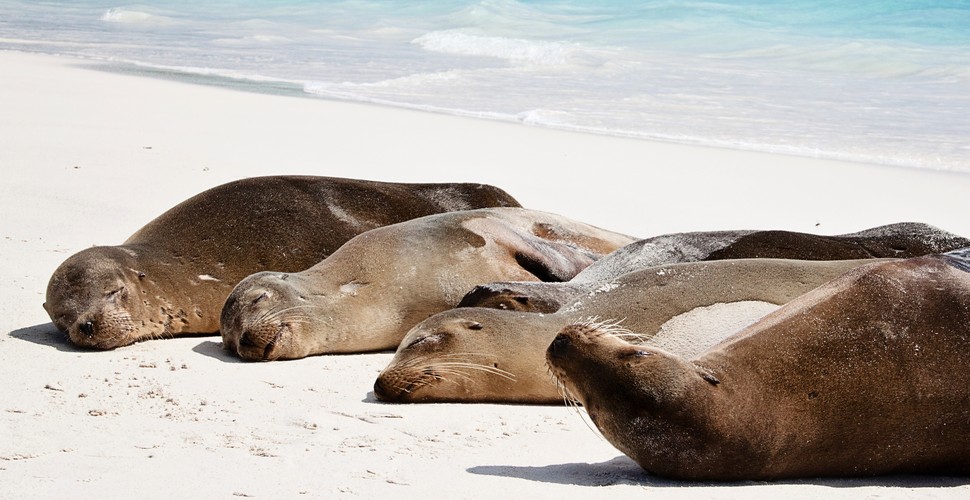
La Loberia
Kicker Rock
Kicker Rock in The Galapagos is a fascinating site. This island is also called Leon Dormido or "sleeping lion" in English. This is because the rock can seem like a sleeping lion if you use your imagination and depending on the angle you look at it. If you look at it from the other side, the rock appears to some to resemble more of a boot, and this is why it is also given the name Kicker Rock. The reason why people visit this site is down to two things, spectacular diving and snorkeling and magnificent unique wildlife and sea life. Above the surface of the water, you can expect to see a few different types of sea birds. Species that are commonly found here are the blue-footed booby, the masked booby, and the frigate birds. On the shore of Kicker Rock, you may also see sea lions lazing around in the sunshine. Under the water, the marine life is even more exciting. Kicker Rock is known to be an excellent place to see Galapagos sharks. However, sometimes hammerhead sharks are spotted there too. These excitements aside, on your Kicker Rock snorkeling trip you might also see different types of rays, sea turtles, and marine iguanas. You can also expect to observe tropical fish going about their underwater business. The Lobo Island excursion close by is a flat island with a lot of white sand, and it is a popular site to visit, despite not being the most spectacular location. The island is so named for the sea lions that live there. (Lobo Marinos in Spanish).
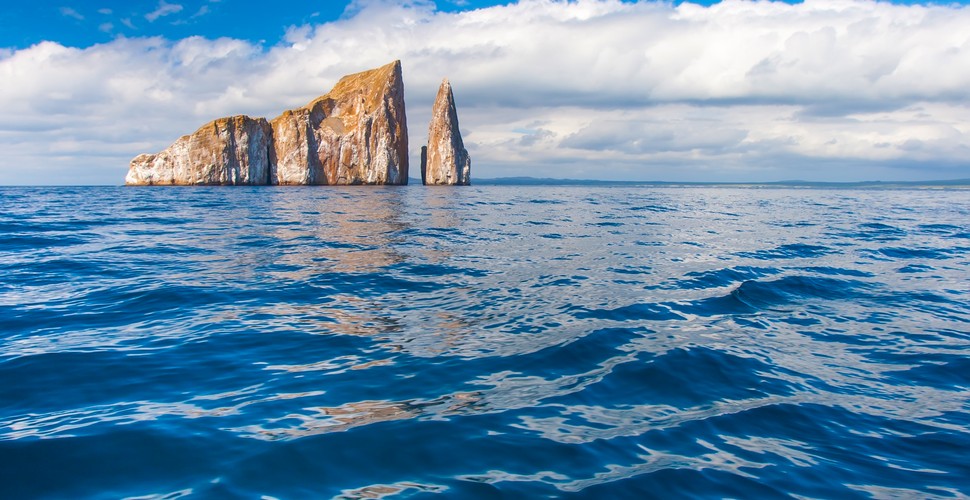
Kicker Rock
Isabela Island
Isabela was formed by the joining of five young volcanos. While these volcanic regions contain extensive lava fields and little vegetation, the southern highlands and various other regions are covered by dense vegetation including the unique red mangrove. Isabela Island is also home to many native Galapageños living in the Island's largest town, Puerto Villamil. From 1945-1959, a penal colony hosted prisoners on the island who were forced to build this wall, stone by stone, in isolation. This now historical site (El Muro de las Lágrimas), towering at 25m high, took the lives of thousands during its construction. Locals claim to hear cries emanating from the heavy energy surrounding the site. Isabela is also home to many animal species, specifically to more wild giant tortoises than all the other Galapagos islands combined. Not only that but here you’ll also find more giant tortoise subspecies than anywhere else! So, tortoise lovers, Isabela Island is the place to come to learn more about these iconic gentle giants. Puerto Villamil is a sleepy port town where travelers find refuge from the hustle and bustle of everyday life. Located behind a stunning beach, the small, peaceful town has an assortment of bars, restaurants, and shops. It is the launching site for day tours around the island to amazing snorkeling sites, islets where penguins play and white-tipped sharks rest, and excursions to neighboring islands. Las Tintoreras is a small islet that can be visited as a 1/2 day tour from Puerto Villamil. The trip begins with a boat ride around the bay looking for Galapagos penguins on the rocks, and other wildlife. A dry dock landing leads onto a circular trail through a large colony of Marine iguanas, ending up at a lava crevasse often full of Whitetip reef sharks enjoying this shady spot. Finally, your guide will take you snorkeling to look for reef fish or sea lions.
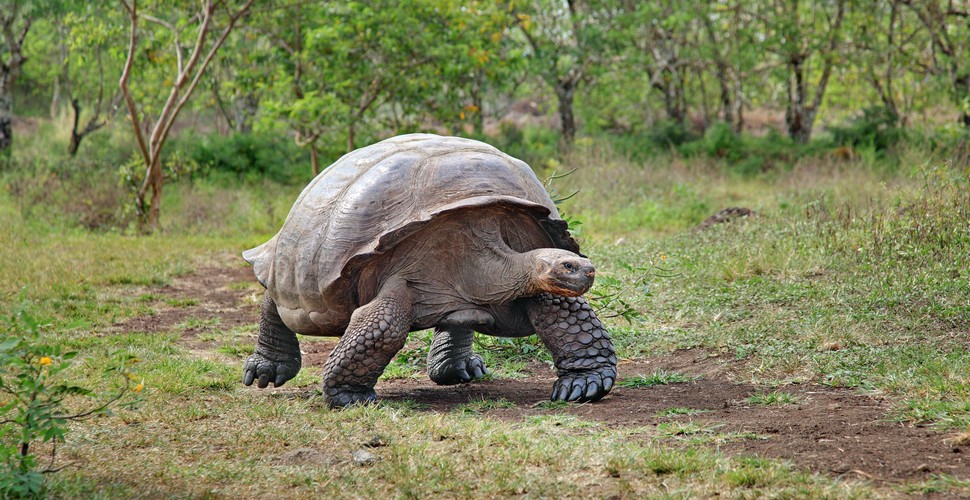
Giant Tortoise, Galapagos
Sierra Negra
Up on the Isabela highlands, it seems like a completely different world. Visitors are greeted by lush vegetation, Scalesia Forest, Guava plantations, and smoldering volcanoes. Sierra Negra Volcano has the second-largest crater in the world, spanning seven by nine kilometers across. Tourists can take a guided day hike to the summit for views into the crater, and the chance to discover a different side of Isabela island. A sometimes muddy trail leads the way up, with possible Galapagos Finch and flycatcher sightings along the way. Hawks occasionally soar high above. Enjoy the views of the old lava flows inside Sierra Negra crater, before heading further on to Volcan Chico. The landscape quickly changes to a barren volcanic wasteland, with interesting rock features like hornitos (volcanic ovens), and a surreal moon-like topography.

Sierra Negra
Santa Cruz Island
Home to the largest town in the Galapagos, Puerto Ayora, the Island has a large variety of vegetation. Pit craters, Scalesia Forest, cacti, and ferns are found in its vegetation zones. The Charles Darwin Research Station here houses laboratories for the scientists (usually off-limits to visitors) but also several educational exhibits and displays, such as shells from different tortoise species. Most visitors to the Research Station have come to see a very special individual: Lonesome George, the last remaining Pinta Island giant tortoise. For years, it was believed that the Pinta Island subspecies of the giant tortoise were extinct. In 1971, however, one lone survivor was found. Christened "Lonesome George," he was quickly taken to the Charles Darwin Research Center where he could be protected while a mate was found. There are several large tortoises in the pens, and it is possible to walk down and take your photo with them.
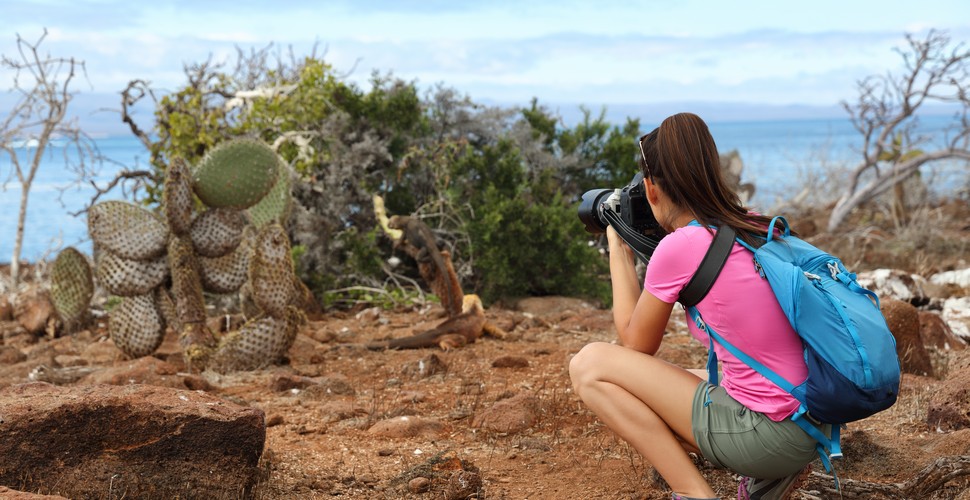
Santa Cruz Island
North Seymour Island
This small island is one of the most important fishing sites for marine birds. North Seymour is the reason many travelers and ornithologists come to observe the spectacular and diverse amount of birds of the Galapagos. The visit site is located next to the nesting area of Frigate Birds, both Magnificent and Common, that rest on the trees throughout the whole year. Witnessing the mating dance of the Blue Footed Boobies is also one of the highlights of the experience. There is additionally a Palo Santo forest that spreads on the south shore of Seymour where birds nest, and offers a spectacular view of the channel formed in between Bartolomé and Seymour.
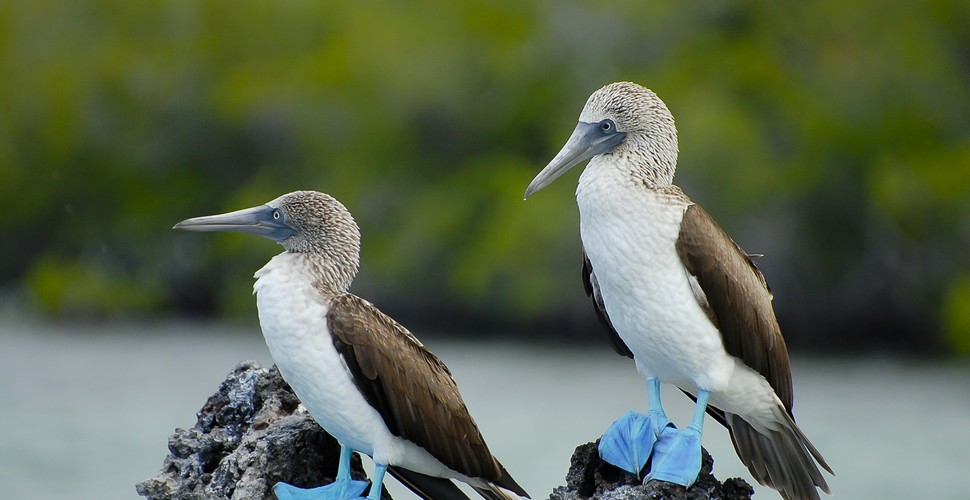
Blue-footed Boobies
Bartolome Island
The Bartolome viewpoint offers a stunning 360-degree panorama and is one of the best spots on the Galapagos for a scenic happy family snap. The vivid black & red lava, green vegetation, deep blue sea, and golden sand, contrast together beautifully. Bartolome Island is also renowned as one of the very best Galapagos snorkel sites. Let's face it, where else in the world can you snorkel together with penguins? Throw in friendly sea lions, reef sharks, and colorful fish too, for an incredible underwater experience.
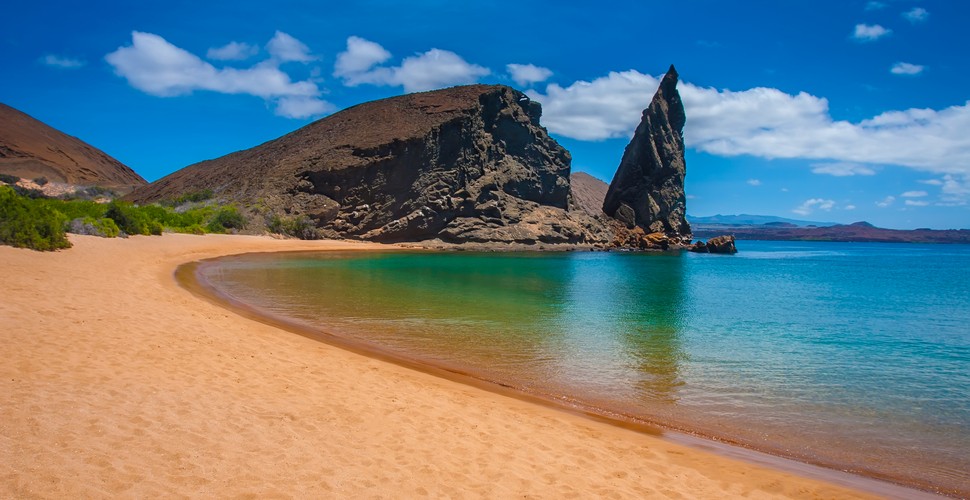
Bartolome Island
Sullivan Bay
Sullivan Bay is all about the volcano. The area is covered by Pahoehoe lava flows which are solidified lava in corrugated or accordion form. It was very active in the last 25 years of the nineteenth century. The Sullivan lava was formed in 1897. This flow is geologically very young. The magma formed is flat, but the movement of underground lava, the rapid cooling, and other eruptions led to the break in many places. These formations have a thickness of 1.5 m and did not cover much of the previous relief forming "kipukas" (Islands of vegetation surrounded by newer lava tides). Islands consisting of reddish yellow hills that protrude from the black lava that surrounds them. The whole experience can be compared to a moon visit!
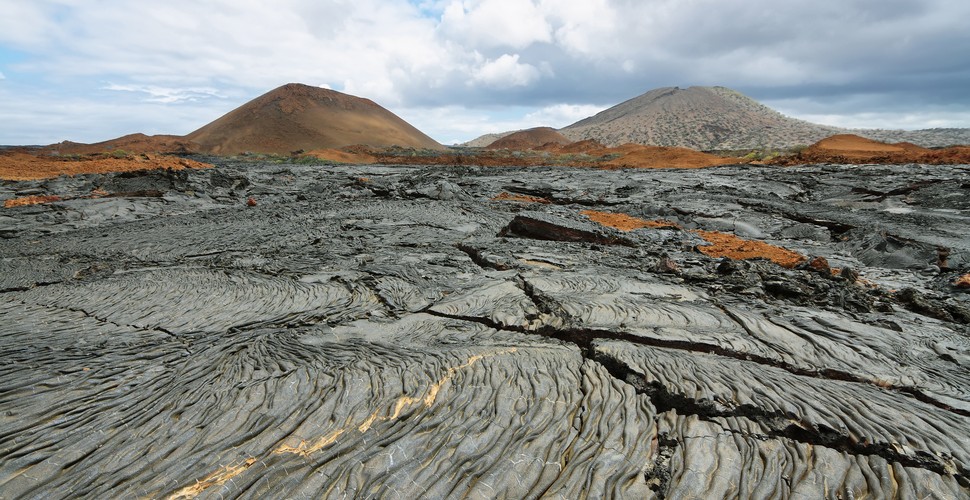
Sullivan Bay
Ask us here for more information about this incredible 8-Day Luxury Galapagos Escape tour!







